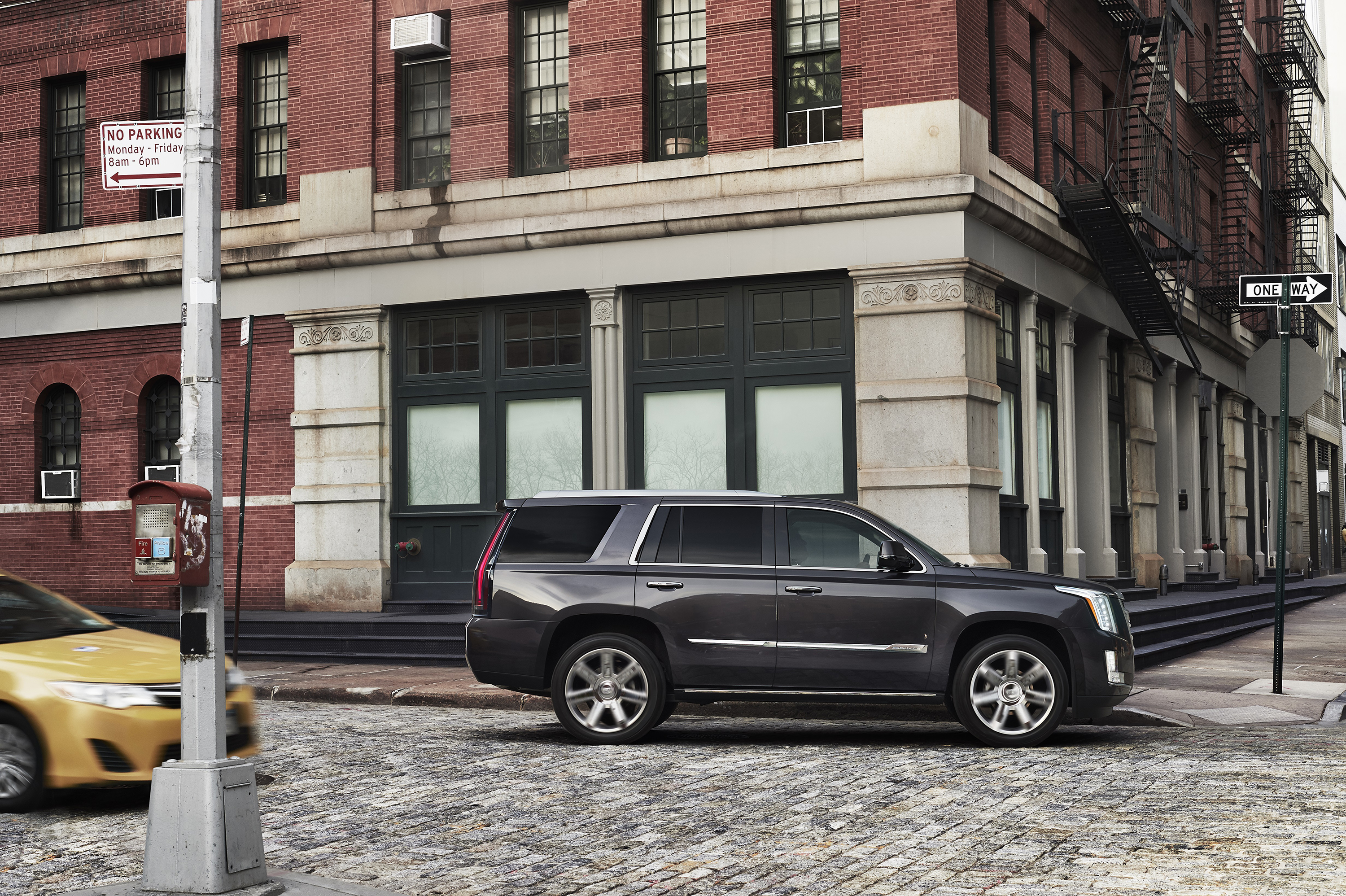
This year’s winter season has been as unpredictable as it has been severe. El Niño has created storms from California to Florida, and almost everywhere in between. In turn, road conditions have also been unpredictable, alternating from dry to icy and back to dry within a single mile. So when I was offered a chance to participate in a Bridgestone winter driving school to brush up on my snowy driving chops, I jumped at the chance. Taking place in Steamboat Springs, CO, the driving school uses a plethora of Lexuses (Lexi?) to demonstrate proper driving techniques for some of the slickest situations one might encounter. All vehicles were fitted with Blizzaks, which is Bridgestone’s designation for its winter tires, and practically a household name here in Colorado. In addition to the common sense rules of operating your vehicle at appropriate speeds, looking far ahead of where you’re driving, and getting a proper set of winter tires, there is one technique for winter driving that will help keep your vehicle on the road: separation of controls. What this means is you should separate the action of turning from the actions of acceleration and braking. Read below to learn why.
Winter Driving Tip #1: Dealing with Oversteer
Oversteer is the phenomenon when the back end the car breaks free and swings the vehicle around. It’s called oversteer because it turns the vehicle more than the driver intended… sometimes leaving it pointed in the wrong direction altogether. It happens when there is too much weight on the front tires and not enough on the rear tires, causing the back of the car to lose traction. But how did too much weight get to the front tires? The answer is simple… braking. Applying the brakes shifts the weight to the front of the vehicle. If this done during a turn on a slippery surface you might just find yourself looking at oncoming traffic. To correct for oversteer, get off the brakes, apply light throttle, and turn the steering wheel in the direction you want to go. Think of a drift car going around a turn, that is essentially what it looks like.
Winter Driving Tip #2: Avoiding Understeer
As you might imagine, understeer is the opposite of oversteer (see above). It’s when the steering wheel is turned but due to lack of traction, the car doesn’t turn as much as the driver intended. To visualize it, imagine accelerating on ice and trying to turn. Since the weight is shifted to the rear of the vehicle during acceleration, the front tires can’t grip and thus, diminished turning capability. Most people try to correct for this by turning the steering wheel even more. This is a big no-no. The proper method of handling understeer is to apply the brakes before a turn in order to bring the vehicle to a safe speed and then go through the turn without accelerating or braking. This helps maintain proper weight balance of the vehicle, giving you grip at both the front and rear tires.
Winter Driving Tip #3: Stop Pumping Your Brakes
It used to be when a car’s tires locked up the solution was to start pumping the brakes. The idea behind the pump technique is to minimize the amount of time your tires spend in a skid because when tires are locked up, they’re not getting any traction. Ever since anti-lock brakes became standard on most cars in North America, the pumping technique has become obsolete. With ABS, you simply mash your foot on the brake pedal and keep the steering wheel straight to get the shortest braking distance.
This is a brief summary of what is covered at the Bridgestone winter driving school. The techniques must be practiced over and over again to fully appreciate how a vehicle behaves on snow and ice, especially since road conditions are always changing. While we are editing video from the driving school, check out this Lexus LX570 taking on a blizzard high up in the Rockies.

























